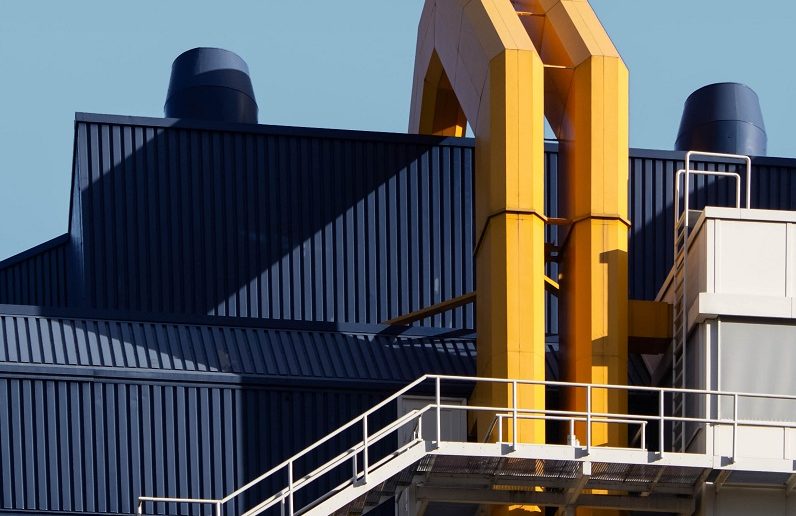Many of the businesses that I deal with consider data to be an asset. Most large organisations have C-level roles with overall responsibility for data. Chief data officers and chief information officers have responsibility for maintaining the balance between data governance and data analytics. By this I mean they must secure and manage the data whilst also gleaning insights from it to drive decision making across their business.
You can see that lots of the big names of the digital era have built their success on their clever collection and use of data. Google, Amazon, Facebook – they recognised the value of data from the start and have used it to keep their customers engaged and their advertisers keen to spend money on their sites.
But these are typically B2C businesses, with huge amounts of behavioural data that helps them understand their customers better. To compete in today’s markets, they cannot afford to take a one-size-fits-all approach to customer management. We have all come to expect personalised treatment and will walk away from businesses that fail to treat us as valued individuals.
B2B businesses, such as manufacturers and physical asset operators, have been a little slower to recognise data as an enterprisewide asset. Real value comes from data when you can start integrating disparate data sources. This gives you much broader insight into how to manage your operations and assets.
Real value comes from data when you can start integrating disparate data sources. This gives you much broader insight into how to manage your operations and assets.
A changing world
Historically, analysts working in physical-asset-rich organisations have struggled to get their hands on data or have not had the tools to effectively analyse all their data. Spreadsheets have often driven their information world. Another challenge has been the integration of many proprietary data sources to be able to get the big picture. Although equipment may have sensors that collect useful data, quite often these have used different networks, systems and communications protocols. This has made it really difficult to glue the data together in a timely fashion.I think that this is essentially what is meant by Industry 4.0 and "digital twins." A digital twin is simply data you integrate to understand and model performance of your assets and processes.
But that world is changing. And in my data-centric universe, I see two key trends that are helping those in manufacturing and asset management start to harness their data to reduce maintenance costs and improve output quality.
The Internet of things (IoT)
Sensor data can tell you a lot about your assets and production processes. But this data has often been collected on isolated networks into specialist applications. This makes it hard to access.
This is changing. The ubiquity of the internet means that there are now standard protocols and easy means of transferring and collecting this data from devices at the edge. By "at the edge," I mean things that are not wired into your IT landscape that you use to run your day-to-day business. Things that are so out there that they are not knitted into the networks that you use to access your ERP, HR, finance and personal productivity systems.
And there are now lots of capabilities available to help you manage, store and analyse the huge volumes of disparate data that these "things," these sensors, are collecting.
The big challenge is how to make sense of all this data. And those working with data historians (such as PI from OSIsoft) and desktop applications (such as Excel and Access) have additional issues. The data is too big. And the techniques available require too much manual intervention to readily get those gems of insight out of the data.
Artificial intelligence and machine learning
But big data technologies now make those data volumes much easier to handle. IoT platforms provide built-in capabilities to make it easy to collect data from and interact with remote sensors. And AI and ML techniques make it much easier to get insights from IoT data. You can turn these insights into actions to improve your business processes and outcomes.
Servitization
Consumer expectations have been shifting over the past few decades. We no longer want to buy something and maintain it ourselves.
For example, the end goal is not owning climate control equipment (HVAC) for the facilities that you run. What you really want is to maintain temperature and air quality at acceptable levels with minimum energy and maintenance costs. Well, why not hand that over to the experts? Pay for the assurance of the right climate control and let the equipment providers run it for you.
Rolls Royce has been doing this with TotalCare for several years. Aerospace customers pay for flight hours, rather than paying for the engines and maintenance separately. This gives increased certainty around operating costs and puts responsibility for keeping the engines safe and operational into the hands of the suppliers.
Most manufacturers of mechanical and electronic equipment need to move their businesses in this direction. To do this, they must be able to remotely monitor and manage equipment after installation at customer sites. And these capabilities rely on the Internet of Things, AI and machine learning.
Real value comes from data when you can start integrating disparate data sources together. Click To TweetWould you like to learn more about how we are helping organisations leverage analytics to support their growth and improve customer interactions? I’m always happy to have a chat about it. My contact details are below. Jennifer Major | email | LinkedIn | My previous blog posts: Who the heck was Ishikawa? | Opportunities for data analytics in the manufacturing industry
SAS Industry 4.0 Content Hub


2 Comments
Miantenance does not have to be difficult or volatile. Thank you for explaining
Hey Shayur, thanks for reading and for commenting. Much appreciated. 🙂